😵 Stop using Google Translate the wrong way!
The growing needs of multilingual users put your app interface & content strategy in front of a challenging task: translating your language assets to multiple languages and not only translating it but adapting it to other cultures.
“If you talk to a man in a language he understands, that goes to his head. If you talk to him in his own language, that goes to his heart.” - Nelson Mandela
Especially when we speak of microscopy, which, if mistranslated, loses its power, or even worse, it could result in an embarrassing and offensive translation. Like this one:
Or even worse, like this one.
These are simply a few reminders for the next time you think Google Translate can take care of your localization needs. 😅 Prevent your brand from going viral for the wrong reason! Users are honest when it comes to reviewing brands, and such details rarely go unnoticed.
Google Translate has its place on the market, and its translations are not necessarily bad. But to get accurate results and not go crazy in the process, you have to combine it with other tools and solutions, which is where Localazy can help you.
Many Localazy users who previously used Google Translate for localization reported that translation accuracy was low compared to using Localazy, which comes with many quality assurance features to aid you with consistency and accuracy of translations, such as the glossary of terms, the pro-active review process, and Context Screenshots.
Why Localazy users quit using Google Translate?
- "I quit using Google Translate for localization of my project because it is a manual job, copy and paste strings. It's unprofessional." - Antonio T. 🧑
- "It's just not practical or a real-life solution." - Paliverse 👨💻
Don't worry if you like the translations you get from Google Translate. We have machine translation suggestions incorporated into our translation interface - with Amazon Translate as the default engine and the possibility of adding more, including Google, with the Additional MT feature.
🧐 Spreadsheets? Are you living in the past?
The sudden increase of apps and websites that serve a multilingual market created more demand for translation and localization services. Back in the first days of localization, the process was done through spreadsheets and emails. Translators, developers, and localization managers had to email back and forth to perform small translations. The process seemed long and tedious because it was.
And imagine - there are still even large companies who used to utilize spreadsheets to manage their translation projects. 🤯
Read some of the reasons why our users quit using Spreadsheets for translation management:
- "Spreadsheets don't have syntax highlighting for editors, so they usually translate stuff they are not supposed to, such as placeholders or ICU" - Matej B. 👨🦱
- "Spreadsheets don't offer an easy way to crowdsource translations and maintenance of localizations." - Miká. K. 👨🦰
- "After the dev team implemented all translations, errors sometimes found their way into the copy. And we sometimes found pieces of content that were either not translated, or not translated accurately, weeks after implementing a feature." - Joseph G. 🧔
Developers were to copy strings and source content into spreadsheets passed to translators. Then, translators manually entered translations, and the document went through a tedious quality assurance check. The entire process took much time until the team finalized the multilingual content for a live launch.
Then, as you could assume, technology led to the invention of practical solutions in the field of translation and localization. Now, translating entire language data sets is facilitated by translation management systems that directly integrate your project, like Localazy. From freelancers to large enterprises, everyone uses these tools to save money and time. And all this while receiving professional translations from native experts on the other side of the globe.
🎓 Why Localization Is Important
Localization adapts your content for various cultures. It doesn't simply make your services understandable to multiple demographics but also lowers the costs of adapting your product via other paths. At Localazy, we are helping individuals and enterprises alike with localization into 80+ languages with our software localization solutions.
Reach a Wider Audience and Grow Profits
Deciding to localize your project means exposing your services to foreign markets that weren't accessible before due to the language barrier. If your users' native language is not very popular, they'll be impressed if your app is translated in their language and will share it with their peers. Such an increase in brand awareness brings a growth of the customer base.
Learn how to Go Global with Multilingual SEO
Customized & Localized Content Connects Better
Users are tired of using apps in English only and it might feel too sterile to use something intended for everyone. People usually want something made for them, and localization brings this personalized experience closer. A recent study carried out by the Common Sense Advisory revealed that 40% of non-native English speakers wouldn't buy something marketed in another language, and 65% prefer content produced in their native language.
Do you think that English is enough? Read why this is a myth in our previous article.
⚙️ Automation - the Future of Translation
Automation is taking over many industries, and humans are needed only for the final touches of the product. It was only a matter of time before automation took over the old-fashioned language services model.
Automated localization allows you to focus on more critical aspects of your product. Once integrated properly, Localazy becomes a set it and forget it solution that translates your content proactively, automatically, and accurately, only asking for your help when it's needed.
Why Localazy Does It Best
Localization is not even remotely only about translations. Projects evolve in time; strings come and go or undergo changes. Localazy is perfectly prepared for this. It's not about translation management only, either. You have to manage the people involved and their permissions as well.
Go over our Cheatsheet: Getting started with Software Localization
Localazy offers multiple ways of tackling the localization of your project:
- Integrate with Figma to start translating at the design phase.
- Bulk machine translation for rapid localization with lower quality for a quick first iteration.
- Invite your own contributors or volunteers, or translate on your own using our built-in suggestions.
- Integrate via one of our 50+ integrations, including an API and many CI/CD options such as Bitrise or GitHub Actions
- Order translation services from our Continuous Localization Team
Read more about True Continuous Localization with Localazy
Localazy offers plans suitable for individuals and teams of any size. And you can start for free to try everything out before you commit.
✔️ Final Thoughts
Are you ready to start taking localization seriously? It doesn't have to be complicated either. With Localazy, you can start in minutes and scale infinitely. Upload your spreadsheets into Localazy, invite your translators and developers and discover why localization automation is the future.


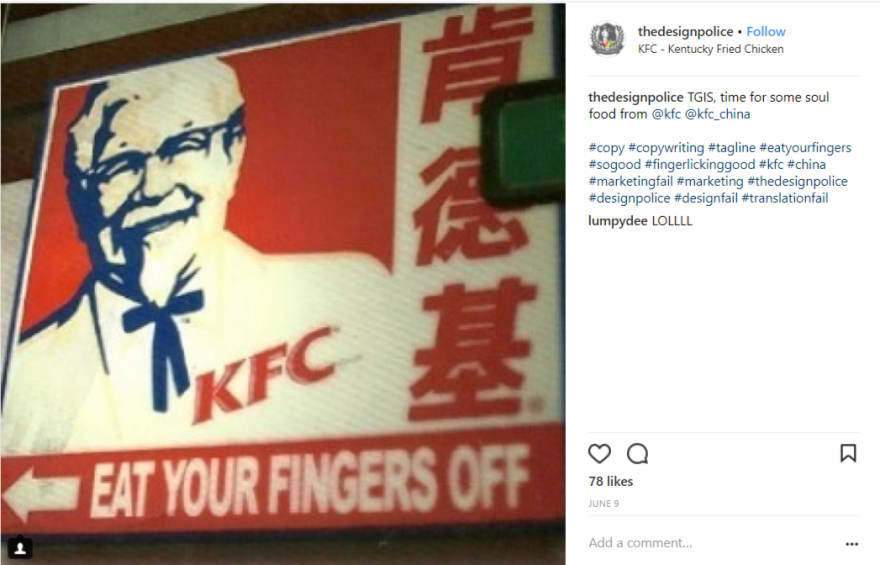
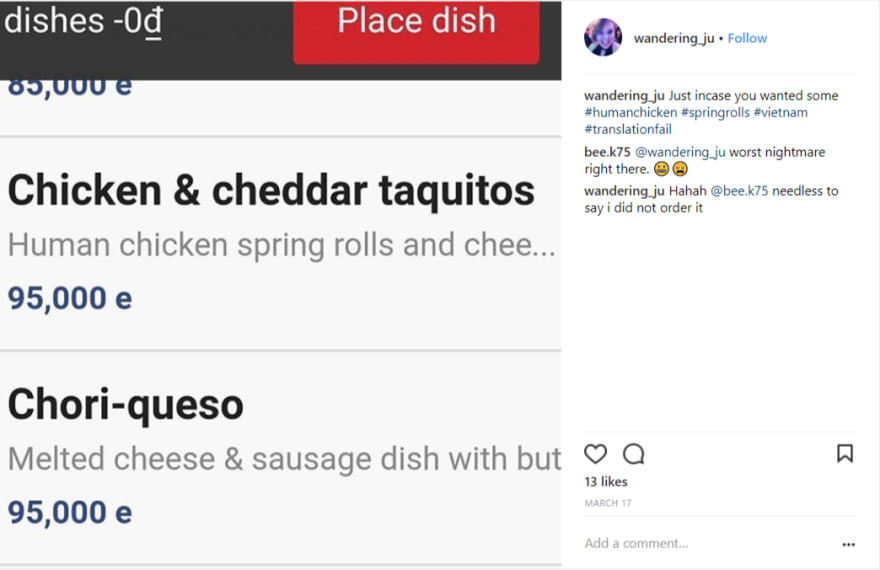
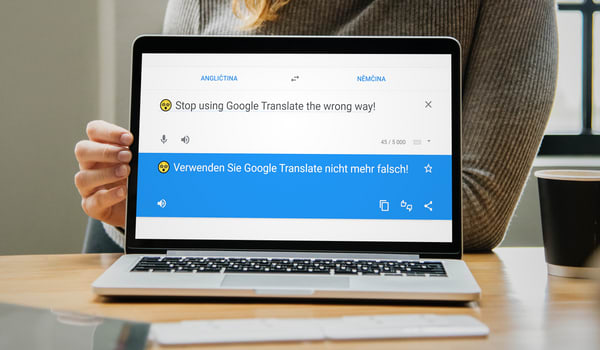
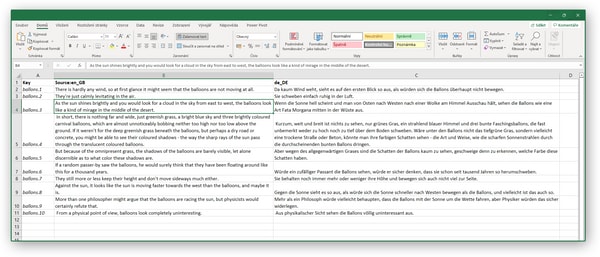
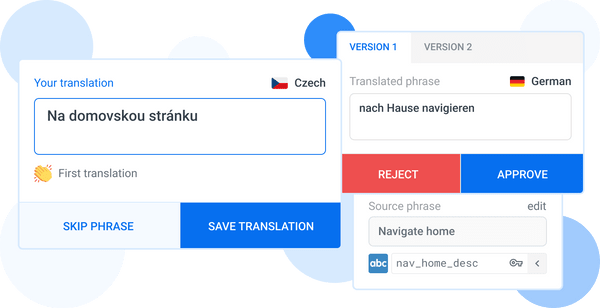







Top comments (0)